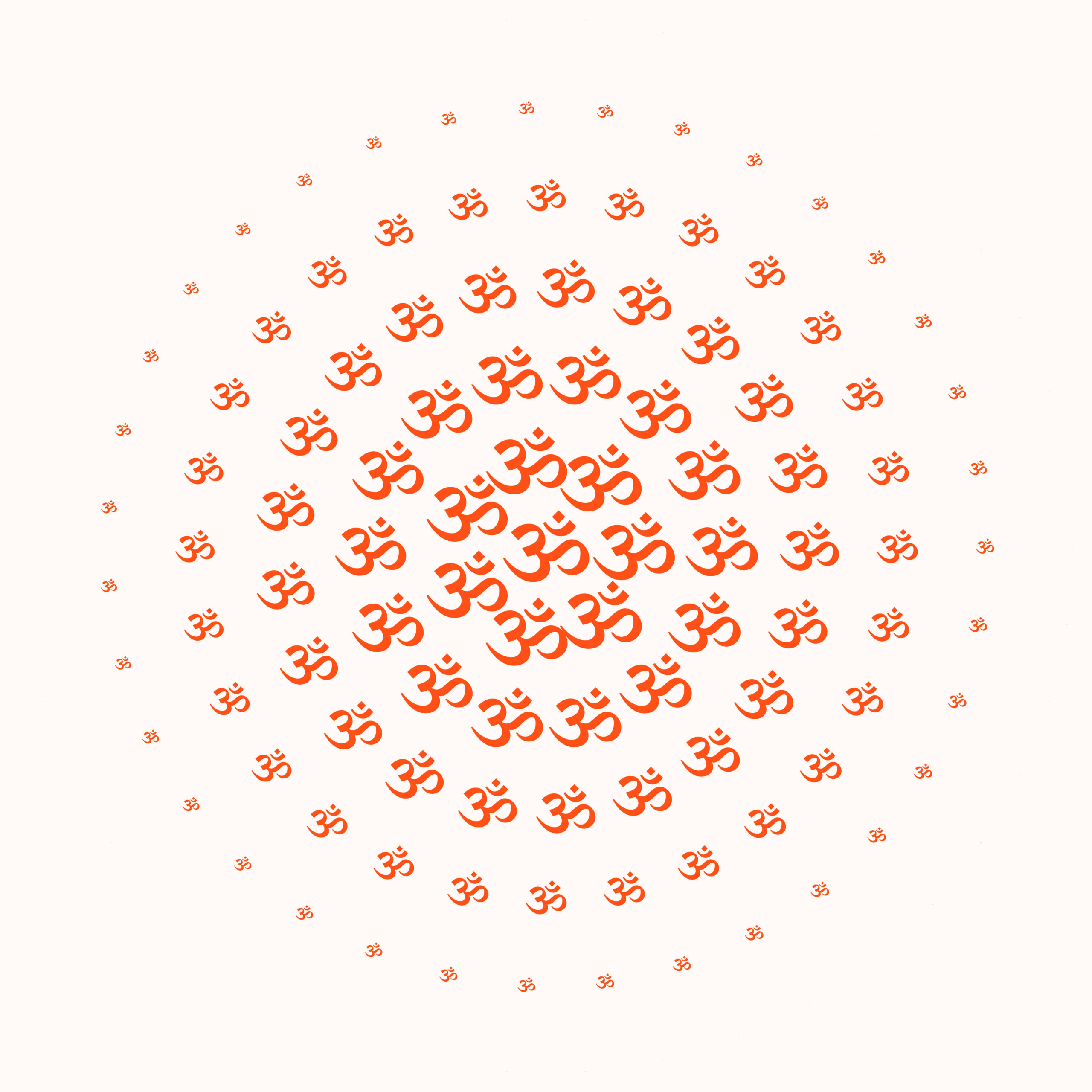The Atharvaveda, the fourth and final Veda in the ancient Indian scriptures, holds a distinctive position among the Vedic texts. Unlike the other three Vedas, which primarily focus on rituals, sacrifices, and hymns addressed to specific deities, the Atharvaveda encompasses a wider range of subjects, including magical spells, incantations, healing remedies, philosophical insights, and social customs.
The term “Atharvaveda” is derived from “Atharvan,” referring to the ancient seer Atharvan, who is traditionally considered the originator of this Veda. The word “Veda” translates to “knowledge” or “wisdom,” signifying the profound teachings and insights contained within the text.
The Atharvaveda is organized into twenty books or sections, comprising hymns, charms, spells, prayers, and ritual instructions. These books cover diverse aspects of human life, addressing issues related to health, prosperity, protection, childbirth, marriage, domestic affairs, philosophical reflections, and even the concerns of everyday life.
One notable feature of the Atharvaveda is the inclusion of magical formulas, charms, and spells called “Atharvanic hymns.” These hymns are believed to possess mystical power and are used for various purposes, such as warding off evil spirits, averting danger, healing illnesses, promoting fertility, and ensuring success in endeavors. The Atharvaveda’s focus on practical aspects of life sets it apart from the other Vedas, making it a valuable resource for understanding the everyday concerns and spiritual practices of ancient Indian society.
In addition to its magical and ritualistic aspects, the Atharvaveda also explores philosophical and metaphysical themes. It contemplates the nature of existence, the interconnectedness of all beings, the concepts of dharma (righteousness) and karma (the law of cause and effect), and the pursuit of spiritual enlightenment. The Atharvaveda delves into the nature of the soul, the cycle of birth and death, and the ultimate goal of attaining liberation (moksha) from the cycle of reincarnation.
The text of the Atharvaveda provides valuable insights into the social and cultural practices of ancient India. It sheds light on the customs, traditions, and beliefs prevalent in Vedic society, addressing matters such as marriage rituals, funeral ceremonies, domestic rituals, and the role of priests and healers. It reflects the importance of maintaining harmonious relationships within the family and community, offering guidance on ethical conduct and social order.
The Atharvaveda’s emphasis on practical aspects of life, healing, and spiritual well-being has contributed to the development of Ayurveda, the ancient Indian system of medicine. Many of the medicinal herbs, healing practices, and remedies mentioned in the Atharvaveda are considered foundational to the principles and practices of Ayurvedic medicine, which continues to be influential to this day.
The study of the Atharvaveda is not only significant from a cultural and historical perspective but also from a linguistic standpoint. The text provides valuable insights into the development of the ancient Sanskrit language, its grammar, vocabulary, and linguistic nuances. It also highlights the evolution of religious and philosophical thought in ancient India, showcasing the diversity and richness of Vedic literature.
In summary, the Atharvaveda stands as a unique and multifaceted Vedic text, encompassing a wide range of subjects, including magical spells, healing remedies, philosophical insights, and social customs. It reflects the practical concerns, spiritual aspirations, and cultural practices of ancient Indian society, offering guidance and wisdom for both mundane and transcendental aspects of human life. The Atharvaveda’s holistic approach to knowledge and its relevance in various fields, including spirituality, healing, and linguistics, make it a valuable and enduring contribution to the ancient Vedic tradition.
